Last week I entered the 7 Day Roguelike Challenge. I used the the px3d game engine with Blender and ClojureScript to build a game prototype.
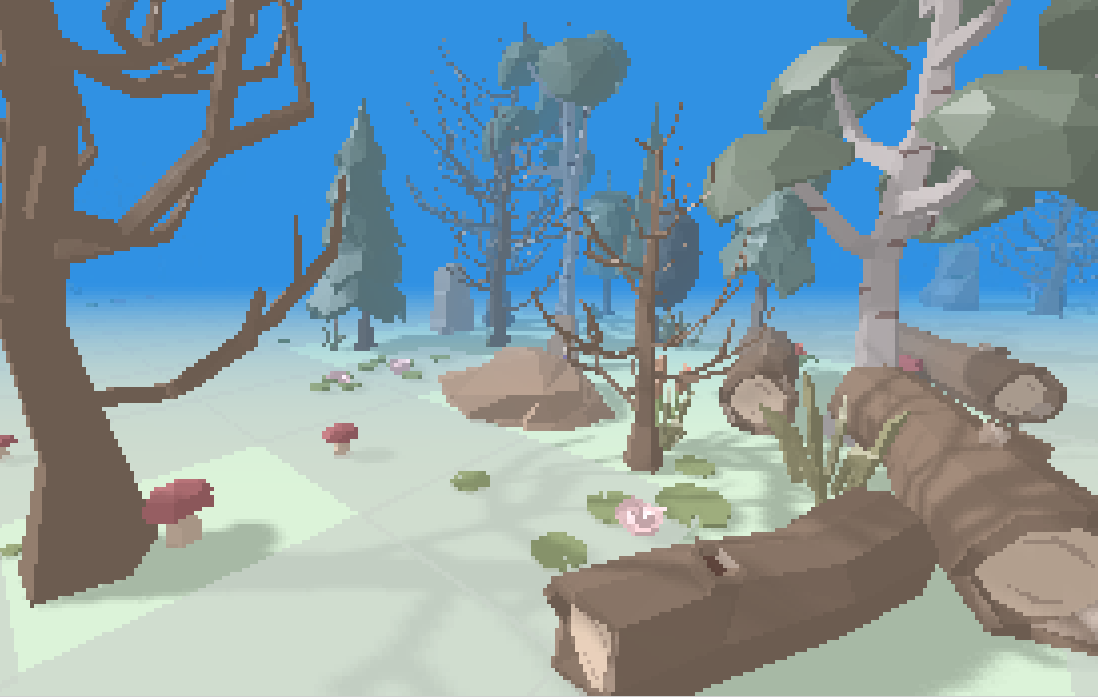
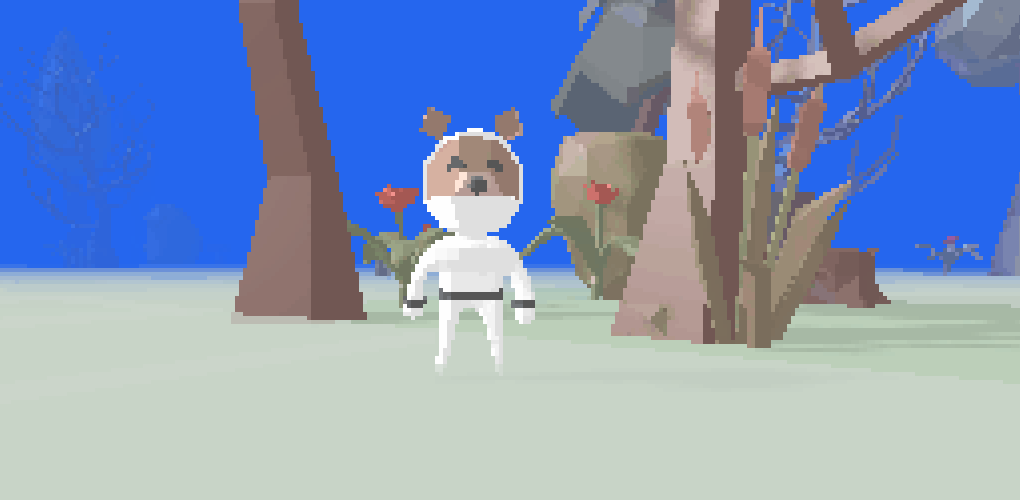
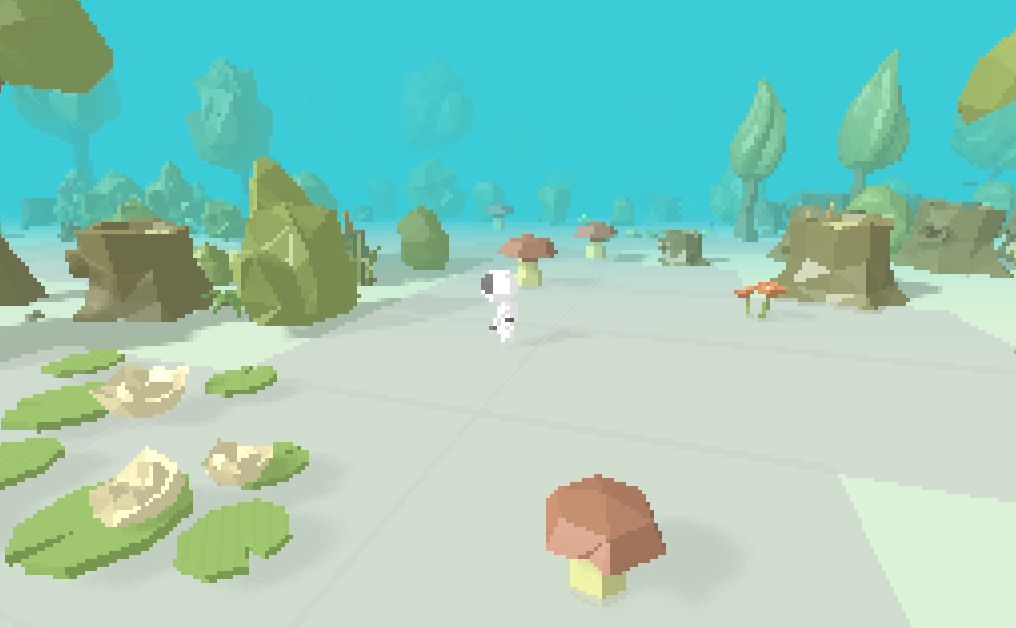
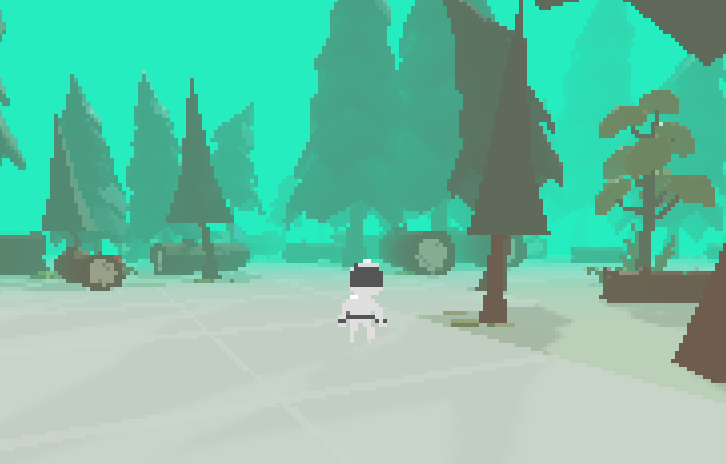
independent software developer

Last week I entered the 7 Day Roguelike Challenge. I used the the px3d game engine with Blender and ClojureScript to build a game prototype.




I've been thinking about this idea lately of software written for small groups of mutually-trusting humans, like families. I like to think of this type of software as "sub-Dunbar software", named after Dunbar's number:
suggested cognitive limit to the number of people with whom one can maintain stable social relationships
Sub-Dunbar software is any software that is optimized for groups of this scale and intimacy. It's cozy.
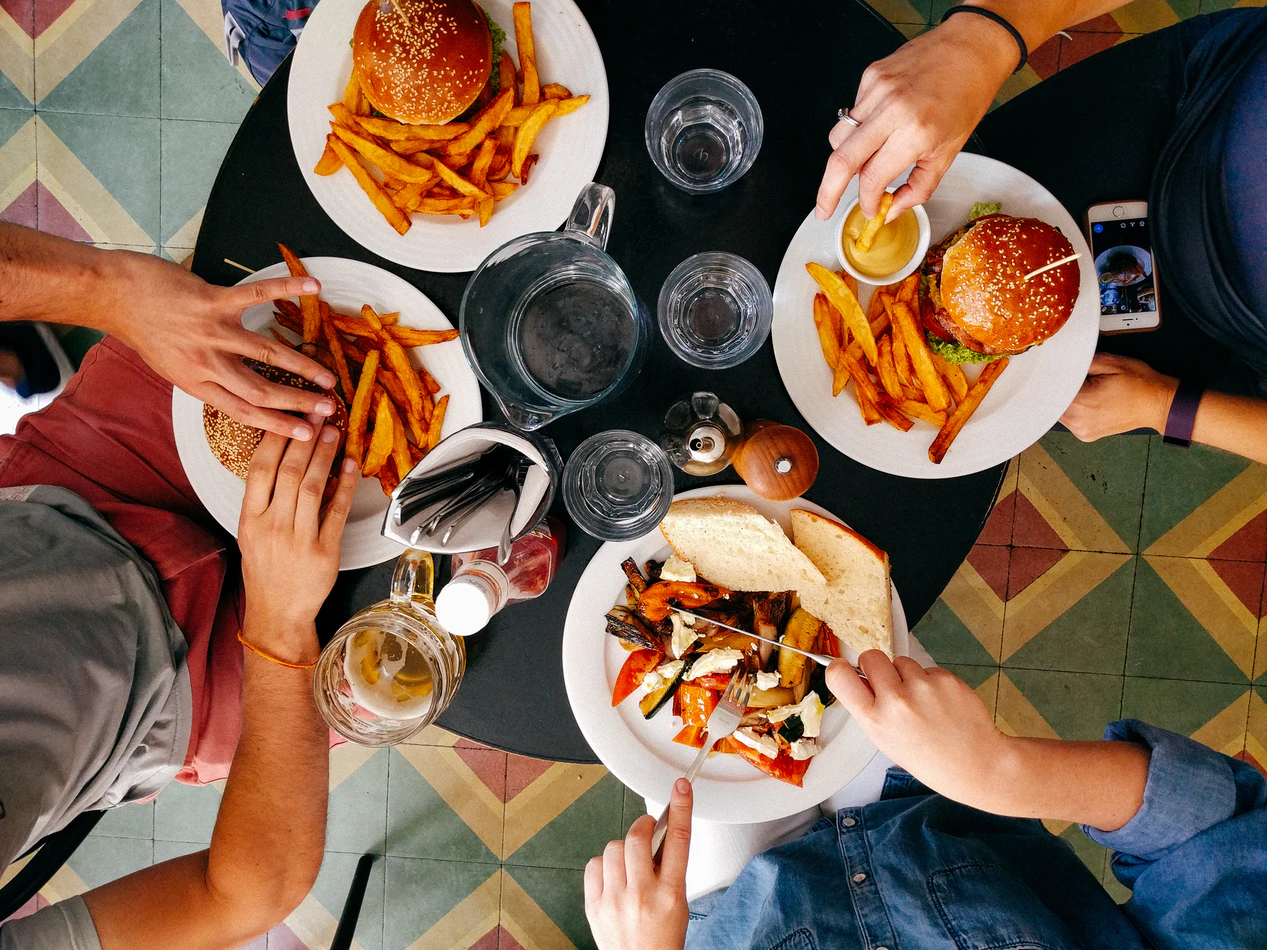
Here's some reading related to this idea:
it would not surprise me if we moved away from "public square" online dynamics to "small intimate online dinner party" online dynamics.
I didn't know it at the time, but todoMini is an example of this type of software. I wrote it for my family, not for scale, and it won't change. I hope to build more sub-Dunbar software.

Photo by Kelsey Chance on Unsplash
Last week I was on the Gold Coast for Linux Conf AU. I gave two talks:
I've compiled a list of talks I got a lot of value from which you can find on Twitter.

Enjoy!
Photographs are easy to fake. So much so that there is a turn of phrase to describe it. People say something is "'shopped" when they are skeptical regarding the veracity of an image. This refers to the image editing program Photoshop which is often used to modify images. For example the magazine industry routinely modifies the photographs which appear in their pages.
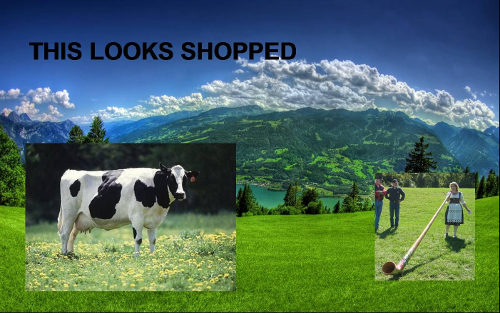
Recorded audio is even easier to fake.
In recent years we're discovering that even video, with its high information bandwidth, is easy to fake via carefully trained neural networks.
Seth Godin notes that anybody now has the ability to generate photos of completely fake people:
it's worth confirming the source before you believe what you see
-- Seth Godin
Where does this leave us? How do we reliably confirm the source? Physical reality prevents us from receiving most information first-hand. If most information that is not first-hand can be faked how can we ensure authenticity?
The answer is good old cryptography.
One way to authenticate media with a high degree of certainty is to have it cryptographically signed. This provides a level of reputational consistency. If a president signs every speech they make with a certain cryptographic key then you have a way to check that the president who gave the first speech very likely is the same president gave the latest one.
Much more so than relying on indications of fakeness from the item of media itself. Additionally, the slightest alteration of the media will render the signature invalid and everybody will be able to see that it has been tampered with.
How far away are we from public figures cryptographically signing their statements? From people's phones signing the photographs they take? From organisations routinely signing blog posts, tweets, and everything they output into the world?